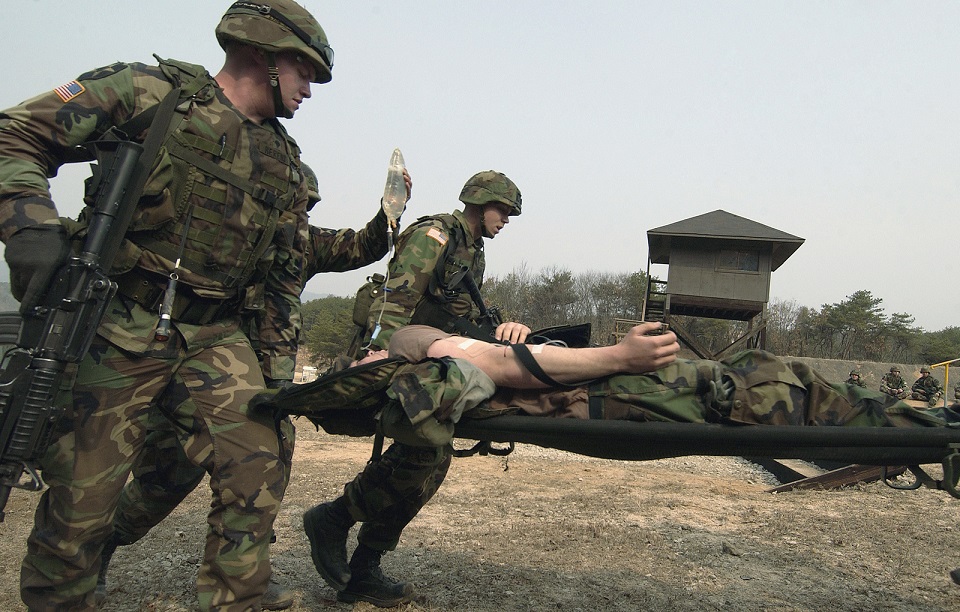
This post is also available in:
 עברית (Hebrew)
עברית (Hebrew)
“There is a critical unmet need for far-forward triage and monitoring tools that enhance battlefield diagnostics for burn wounds by non-burn experts.” The US Army will conduct research on using machine learning algorithms to assess the severity of burn wounds on the battlefield, in conjunction with a combination of various imaging techniques.
The research will be conducted by the US Army Institute of Surgical Research with the Beckman Laser Institute and Medical Clinic at the University of California.
The specific technology requested by USAISR is intended to develop portable devices that can map a 3-D profile of burned skin surfaces and regions to determine burn severity “in the hands of non-expert personnel at the point of injury.”
Within the first year, the device should be able to perform a detailed analysis of the wound from image data collection, These inputs will be used to construct a burn severity map of the wound.
By the second year, the device should comfortably run on machine learning algorithms to output burn depth and the total body surface area of a burn from imaging data. It should also report the accuracy of a burn’s depth on the body and account for when the burn composes over 20% of body surface area––a threshold that requires medical evacuation and triage.
The tool will be a no-contact, compact device, intended for quick and safe use, as reported by defensesystems.com.

























